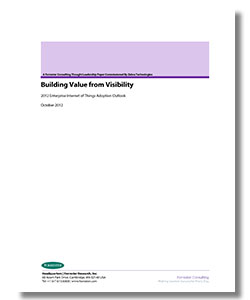Building Value from Visibility
2012 Enterprise Internet of Things Adoption Outlook
The term “Internet of Things” (IoT) was first used nearly 15 years ago. While there’s been no single standard definition of IoT solutions since the possibilities of Internet of Things was first discussed, a variety of technologies are used in implementation (e.g., RFID tags, barcodes, and GPS technologies). These technologies are used to monitor and transfer the status of physical assets to remediate business problems like supply chain inefficiencies in industries such as manufacturing, healthcare, transportation, and retail, as well as to inspire innovation in organizations.
For example, information embedded in RFID-tagged containers is collected by readers along the supply chain at the supplier’s shipping department, throughout the transportation process, and during storage, collection, and installation along the assembly line. The availability of accurate, current data about supply chain events enables firms to deliver superior customer service while reducing inventory held as a buffer against uncertainty. Other IoT applications include food traceability, patient monitoring, and medical device and medicine tracking. A variety of forces are aligning to drive increased enterprise demand for IoT solutions, including declining device costs, widely deployed wireline and wireless IP networks, and regulatory mandates.
In the first half of 2012, Zebra Technologies commissioned Forrester Consulting to conduct a research study to understand: 1) how well the term ‘‘Internet of Things’’ resonates with global enterprises; 2) what timelines corporations have for implementing IoT applications and solutions; 3) the benefits and challenges associated with IoT solution deployment; 4) and which third-party partners companies seek assistance from as they deploy IoT solutions. The study methodology included an online survey of 646 global enterprise IT decision-makers in specific industries including manufacturing; healthcare; oil, gas, and petroleum; retail and hospitality; transportation and logistics; and government. These decision-makers participated in or were aware of their corporate initiatives related to IoT solutions and applications.
What’s Related
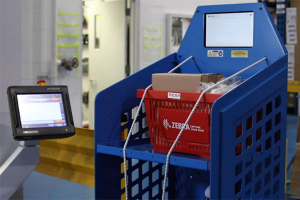
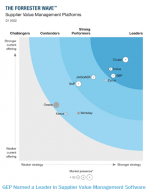
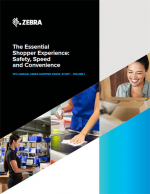
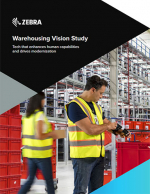
Favorites





